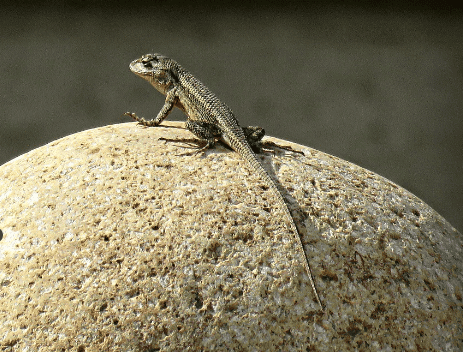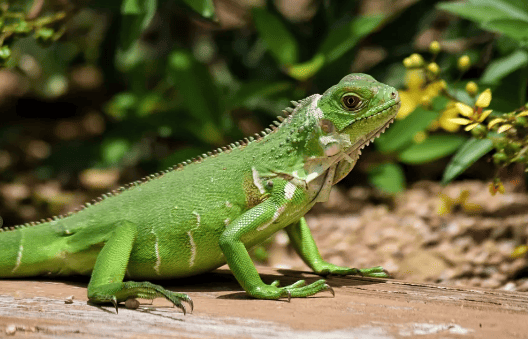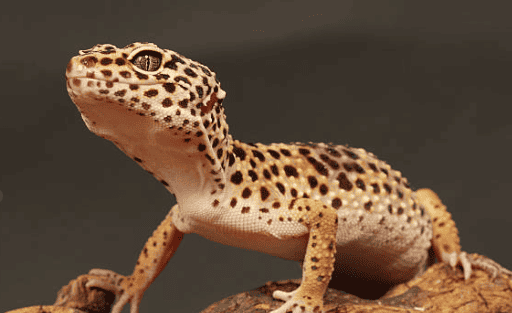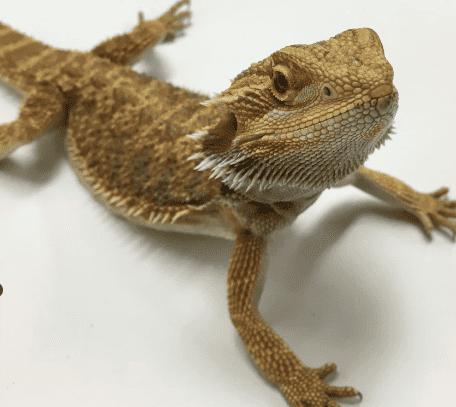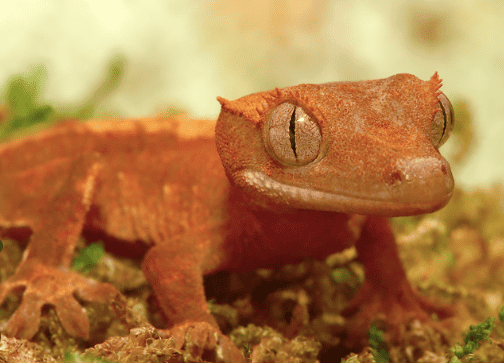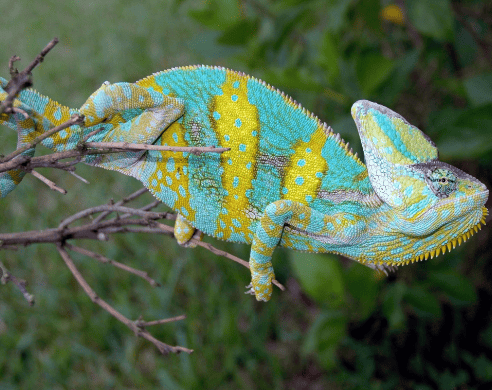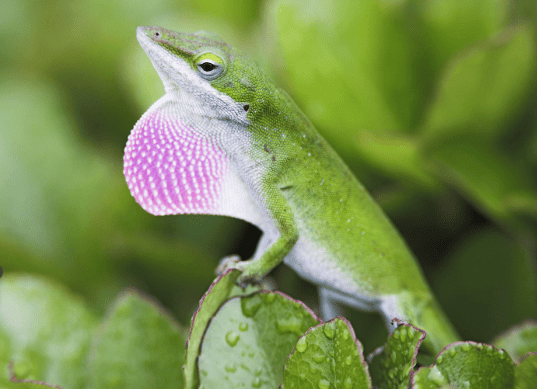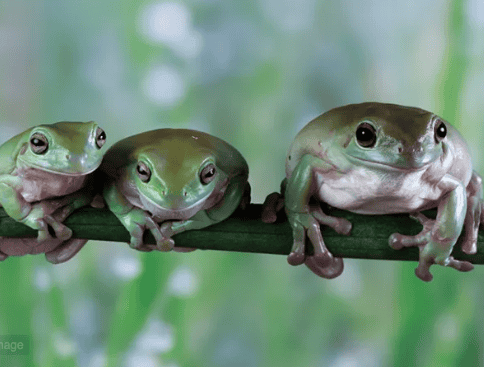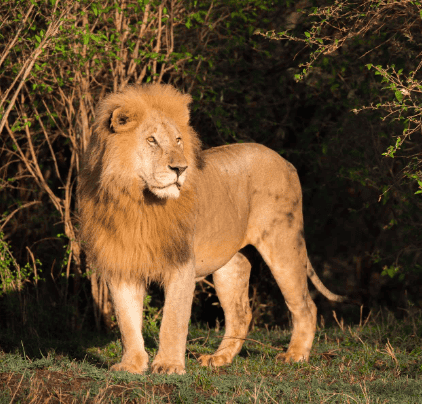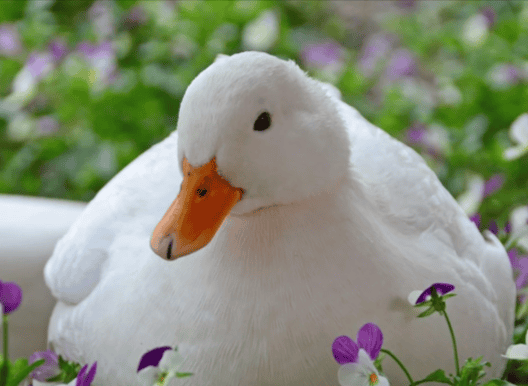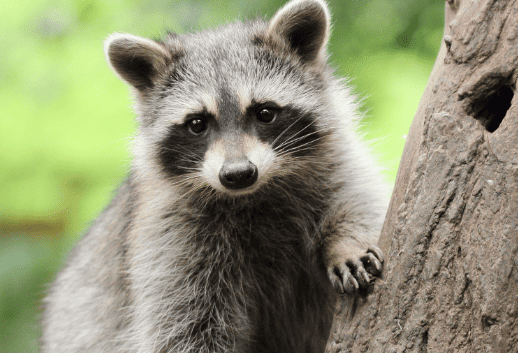Lizards are a diverse group of reptiles, and their diets can vary depending on their species. However, most lizards are carnivorous and primarily eat insects.
Common foods that lizards eat include:
Insects: Crickets, mealworms, roaches, grasshoppers, and other small insects are staple foods for many lizard species.
Worms: Lizards consume several types of worms like earthworms or waxworms.
Small Invertebrates: Some lizards also eat spiders, snails, slugs, and other small invertebrates.
Fruits and Vegetables: Some omnivorous lizards, like certain species of iguanas, eat fruits, flowers, and leafy greens as part of their diet.
It’s essential to know the specific dietary needs of the particular lizard species you’re caring for, as their nutritional requirements can differ significantly. Providing a balanced diet is crucial for their health and well-being.
Page Contents:
What Do Baby Lizards Eat?
The diet of baby lizards, also known as hatchlings, can be similar to that of adult lizards, but it might require smaller or softer food items due to their smaller size and more delicate digestive systems.
Here are some common foods that baby lizards might eat:
Small insects: Tiny insects such as fruit flies, pinhead crickets, small ants, or small mealworms are suitable for many baby lizard species.
Soft-bodied insects: Young lizards may prefer softer-bodied insects like small caterpillars or waxworms, which are easier for them to consume.
Insect larvae: They might feed on insect larvae like tiny beetle larvae or fly maggots.
Properly sized food: It’s important to offer appropriately sized food items relative to the hatchling’s size. Food items should be no larger than the space between the lizard’s eyes to prevent choking or digestion issues.
What Do Wild Lizards Eat?
Wild lizards have varied diets based on their species, habitat, and availability of food. However, most wild lizards are carnivorous or insectivorous, meaning they primarily eat insects. Some of the common foods that wild lizards eat include:
It’s important to note that the diet of wild lizards can vary greatly based on their species and the specific ecosystem they inhabit. They have adapted to consume the available food sources in their natural habitats, and their diets can be quite diverse.
Additionally, the dietary needs of wild lizards are different from those kept as pets, so it’s crucial to understand the specific dietary requirements of the species you’re interested in or caring for in captivity.
Do Lizards Need Water?
Yes, lizards do need water for hydration, just like any other living creature. While some lizard species can obtain water from the food they eat, they still require access to fresh water for drinking and maintaining proper hydration levels.
In the wild, lizards obtain water from sources such as rain, dew, and moisture present in their food, or by drinking from puddles, streams, or other sources of standing water. They may also absorb moisture through their skin.
When kept as pets, it’s crucial to provide a shallow water dish or bowl with fresh, clean water for lizards to drink. The water should be changed regularly to prevent contamination or bacterial growth.
Additionally, some lizard species, especially those from more humid environments, might benefit from occasional misting to increase humidity and provide them an opportunity to drink water droplets.
Proper hydration is essential for a lizard’s overall health, aiding in digestion, temperature regulation, and various physiological functions. Always ensure that water is available and easily accessible for your pet lizard to drink as needed.
Is Tap Water Safe?
Tap water can be safe for lizards, but it’s crucial to consider factors like chlorine or chloramines that might harm them; use a reptile-specific water conditioner or let the water sit for 24 hours to dissipate these chemicals.
Watch for heavy metals or high mineral content that could affect their health and consider using a filtration system or offering purified water. Maintain an appropriate temperature and cleanliness of the water dish to ensure your lizard has access to safe drinking water.
How Long Do Lizards Live if Properly Fed?
The lifespan of lizards can vary significantly based on their species, size, and specific care provided.
When properly fed and cared for, some common pet lizard species and their approximate lifespans are:
Leopard Geckos: They can live around 10 to 20 years or sometimes longer in captivity.
Bearded Dragons: With proper care, they can live between 10 to 15 years, and occasionally up to 20 years.
Crested Geckos: They typically live around 10 to 15 years, but some can live longer, reaching up to 20 years.
Veiled Chameleons: Their lifespan in captivity is usually around 5 to 8 years, although with excellent care, they might live up to 10 years or more.
Green Anoles: They have a lifespan of around 4 to 8 years in captivity.
However, it’s essential to note that these lifespans are approximate and can vary depending on factors such as genetics, diet, habitat quality, veterinary care, and overall husbandry practices. Some species might live significantly longer in optimal conditions, while others might have shorter lifespans.
Proper nutrition, suitable habitat, appropriate lighting, correct temperatures, and regular veterinary check-ups can contribute to a longer and healthier life for pet lizards.
Always research the specific needs of the species you’re caring for to provide the best care possible and potentially extend their lifespan.

